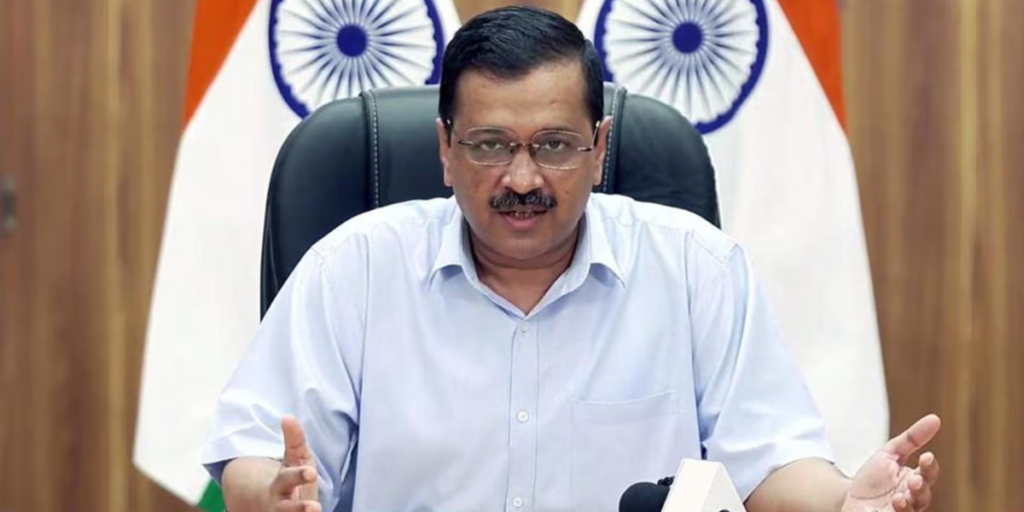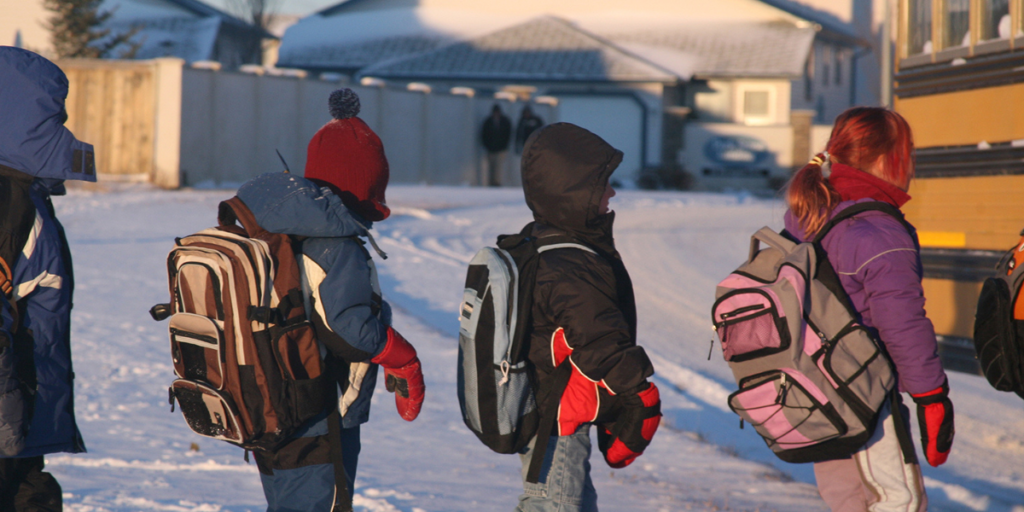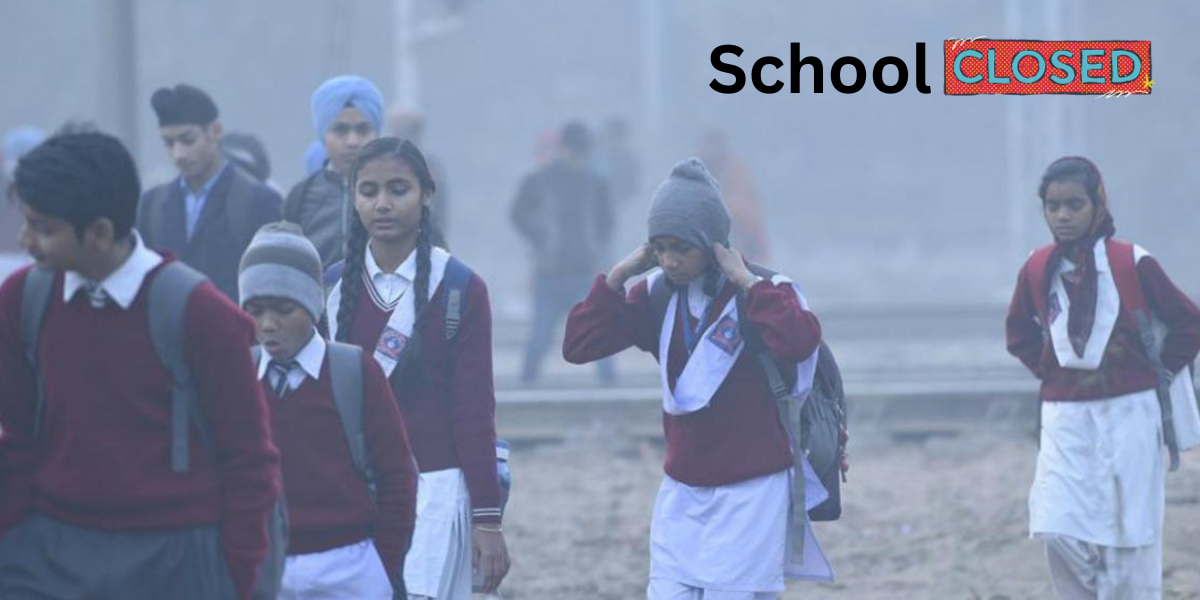In a surprising turn of events, Delhi schools up to grade 5 have declared a five-day winter break due to the prevailing cold weather conditions. As the city embraces this extended respite, it’s crucial to delve into the details surrounding this decision and understand its implications. This article provides an in-depth analysis of the winter break announcement, shedding light on the factors that led to this decision and its impact on students and parents.

Table of Contents
The Reversal of Directive
The Delhi government recently experienced a reversal of a directive pertaining to the extension of winter vacations in schools across the national capital. A decision initially made to extend the winter break until January 10 was swiftly retracted, with the Department of Education clarifying that the earlier order was issued in error. The revised order, as reported by ANI, emphasized the withdrawal of the extension and hinted at future instructions on the matter.
Government’s Decision and the Kejriwal Administration
The Arvind Kejriwal government, in its initial order, justified the extension of the winter break until January 10 for all government-aided and unaided private schools. Citing ‘extreme cold waves and IMD’s yellow alert,’ the decision aimed to ensure the safety of students amid challenging weather conditions. However, the revised order narrowed down the extension only for primary schools up to class 5, signaling a nuanced approach to the situation.

Minister Atishi’s Statement
Delhi Education Minister Atishi provided clarity on the revised decision, stating that primary schools up to class 5 would remain closed for another week. While schools for classes 6th upwards would reopen, specific instructions were issued to not conduct classes before 8 am and after 5 pm. This measured approach aligns with the government’s commitment to the well-being of students while acknowledging the need for educational continuity.
Weather Conditions in Delhi
On January 6, Delhi experienced overcast and foggy conditions, with the day’s highest temperature reaching 15.2 degrees Celsius and an early morning low of 8.9 degrees. This weather pattern followed earlier cold conditions when the national capital recorded a minimum temperature of 8.3 degrees Celsius on January 2, slightly above the normal range.
Adding to the complexity, the forecast also highlighted the persistence of cold to severe cold day conditions across the regions of Haryana, Chandigarh, and, notably, Delhi itself. These adverse weather conditions, marked by an interplay of low temperatures, dense fog, and an increased likelihood of severe cold days, emerged as pivotal factors influencing the government’s consequential decision to prolong the winter break for schools.
The combination of low temperatures and fog not only posed potential hazards to commuting students but also presented challenges for conducting regular school activities. The severity of these weather conditions underscored the need for caution and prompted authorities to prioritize the safety and well-being of students and staff

Insights from Meteorological Reports
According to the India Meteorological Department (IMD), Delhi witnessed a minimum temperature of 6 degrees Celsius. The RWFC Delhi forecasted dense to very dense fog at isolated places, coupled with cold to severe cold day conditions in Haryana, Chandigarh, and Delhi until January 7. These weather conditions played a pivotal role in the government’s decision to implement the extended winter break.
Early Winter Break and Air Pollution
The Delhi government’s announcement of an early winter break in November, from 9 to 18, was a strategic response to escalating air pollution levels. With pollution reaching ‘severe’ levels, the decision to reschedule the December winter break for all schools demonstrated the government’s proactive stance in prioritizing the health of students and educators.
Conclusion
In conclusion, the unexpected winter break extension for Delhi schools up to grade 5 reflects a dynamic response to weather conditions and air quality concerns. The government’s commitment to ensuring the safety of students and the transparent communication surrounding the decision stands commendable. As we navigate through these cold days, it becomes essential to stay informed about further developments and potential instructions from education authorities.

